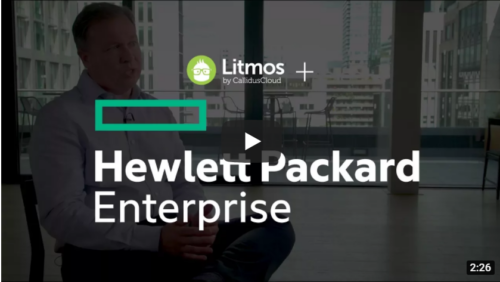The business of learning: Building a profitable training center

Today’s global companies may in fact have several non-employee groups, all of whom require unique learning environments. What’s more, their education is equally important as internal staff for the health and profitability of the business. Change happens too fast today to have a one-and-done on-boarding session for partners, for example.
Training needs to be online, ongoing, and on-demand.
A key difference between traditional employee training and training external groups, however, is that external learning programs can have monetary value. Your customers, partners, franchisees, and vendors may be willing to pay for the knowledge you’re offering. For example, if you offer certification on your products that enables partners to sell significantly more quantity or sell more efficiently, they’ll see the value in paying for training that enables them to make more in the long run.
It makes sense for you, of course, too. A win-win situation — the ongoing investment in learning literally pays off for them and for you. This mutually beneficial arrangement allows you to better engage your various external constituents as well as run your training department as a profit center.
Sounds great, right? It is. But, running a for-profit training division also brings some complex challenges to the surface. You may need to navigate the managing of multiple schedules, price books, resources, taxation, global commerce, discounting, and crediting — no easy mix of items to plan for and build processes around.
Let’s get even more specific. As you build a for-profit training company or department, you’ll likely need to deal with the following. The good news is that the right learning platform, such as Litmos Commerce, can easily support these capabilities and make your job a whole lot less stressful and difficult:
- Certification Management: As mentioned above, if you offer certification and/or certification paths, you’ll want a learning platform that automatically monitors courses and requirements, tracks attendance and course completion, provides an instant overview of pending certifications, and electronically awards certificates.
- Internationalization: If you need to support multiple currencies, find a solution that does the hard work for you with built-in currency conversion, global tax processing, and country-based pricing and discounting. Also, consider capabilities for multiple languages, and localized branding and communications.
- Learning Passes: To sell content to your customers on a subscription basis, you can leverage Learning Passes, which function as licenses that give learners the choice of viewing all, or some, of the courses offered for a pre-determined number of learners for a predetermined amount of time.
- Pre-paid Agreements: Also known as vouchers or credits, you’ll want to automate the agreement life cycle. This way, you can create blocks of credits that provide additional payment options for users and make agreement usage totally transparent.
- Expense Management: Be sure you can track and report on expenses, as well as provide support for third-party vendor cost tracking and reporting. This allows you to manage not only your internal costs, but also external costs and relationships.
Who’s doing this right now?

HPE’s customer training division, which operates in more than 85 countries and serves more than 60,000 learners a year, chose to move from its former learning system onto Litmos because the platform offered sophisticated features to support an international business, such as central management of different taxation rates, revenue allocation, discounting, and training credits.
“Today, we run over $50 million through the Litmos system in terms of training registrations,” said Richard Kerridge, Global Process Training Operations Manager. “And, we’ve done well over $200 million in the four years that we’ve been on the platform… We’re extremely happy to be running our commercial training program on the Litmos platform.”





